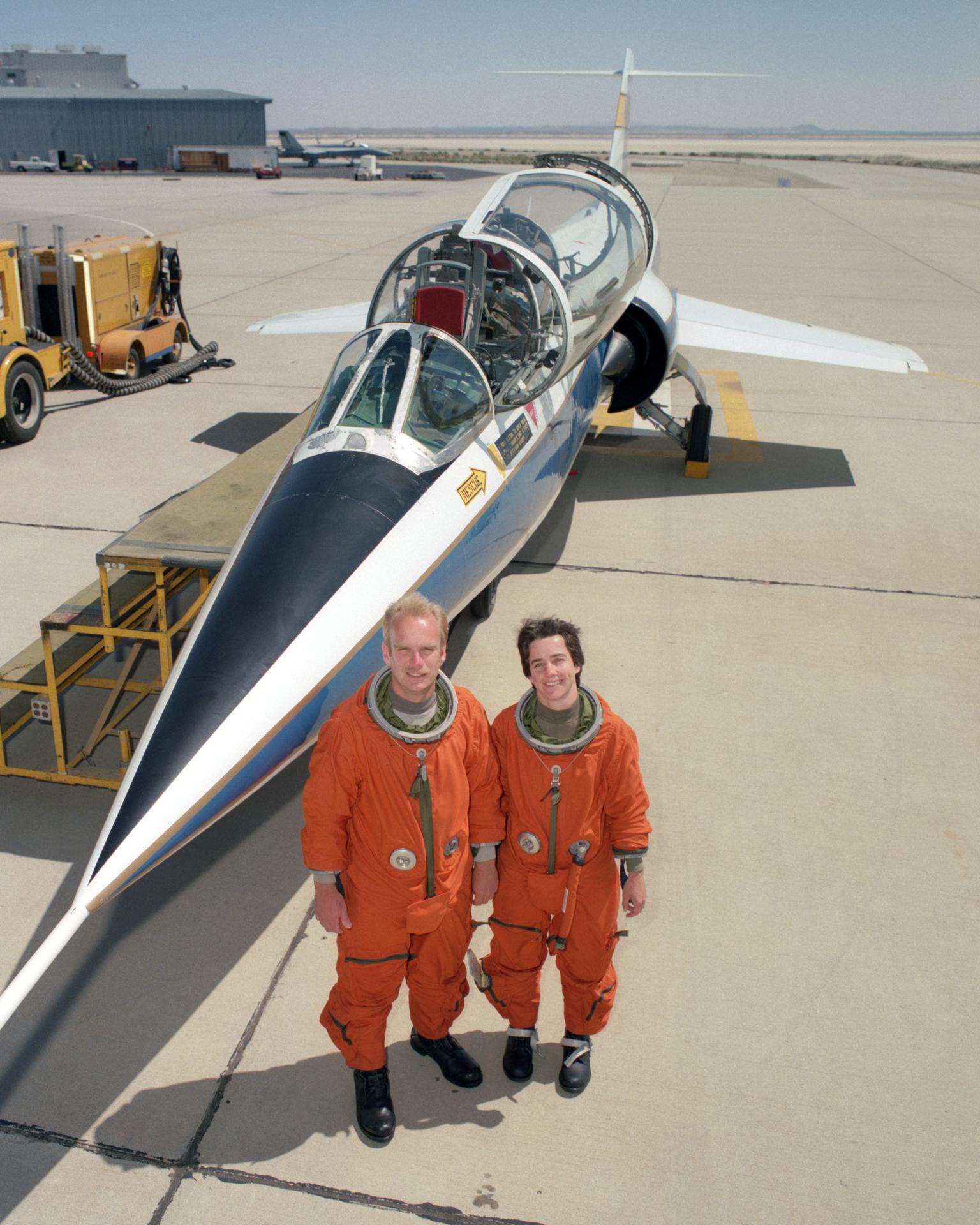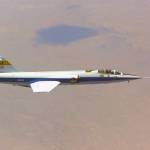F-104 Starfighter
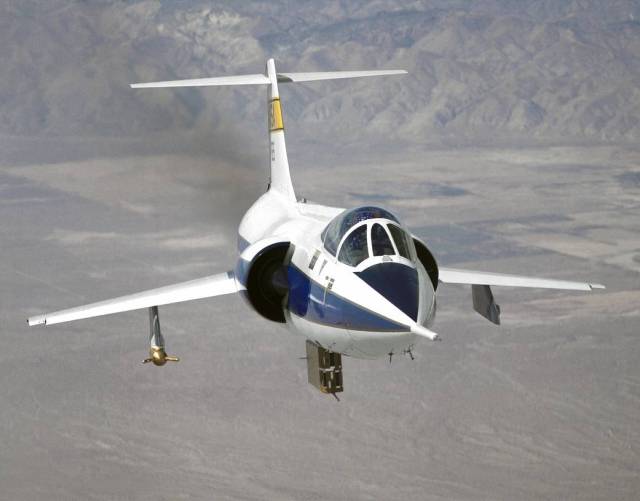
Over the decades, NASA’s Armstrong Flight Research Center in Edwards, California, has used a variety of chase and support aircraft, including F-104s. The agency acquired its first, a preproduction YF-104 (55-2961), in August 1956, then kept adding the type to its mission support aircraft. NASA acquired three F-104s from Lockheed, straight off the assembly line. Over time the AFRC operated 11 F-104s, and continued to operate the type for the next 38 years. Tail number (TN) 826 flew the last of these missions on Jan. 31, 1994. By then, its fleet had completed more than 18,000 flights performing basic research, chase, X-15 approach and landing simulator, and aerodynamic testbed.
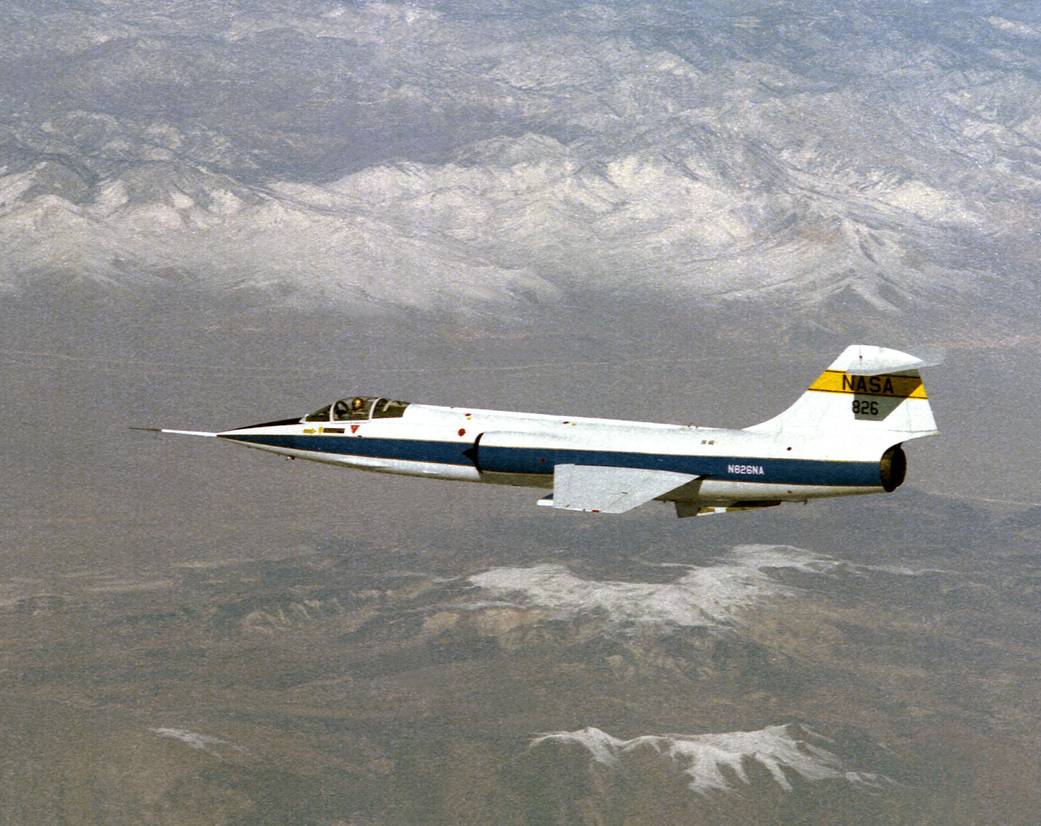
NASA TN 826 carries an experiment fixture in the ventral position, and a pylon under each wing.
Test articles were attached to or installed in the FTF, which was instrumented to record the research data aboard the aircraft. The instrumentation package also transmitted that data in “real time” to engineers in the center’s mission control room during the flights.
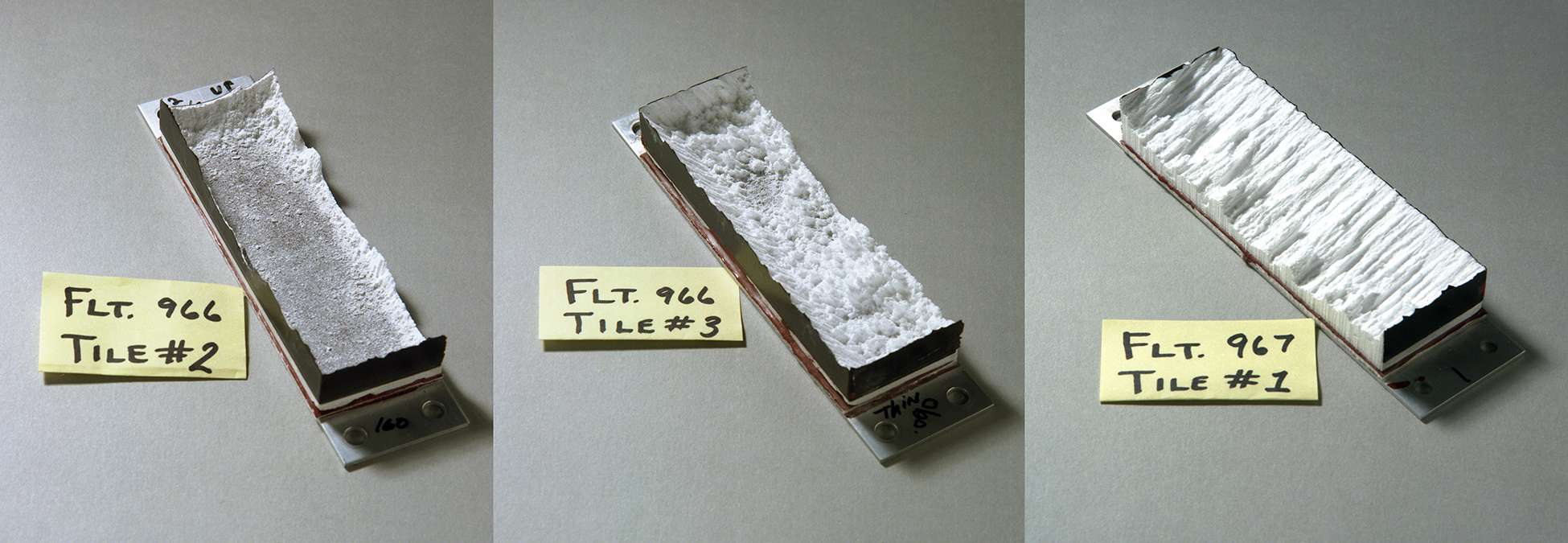
When the first orbiter was ferried to the Kennedy Space Center it passed through clouds. On its arrival they discovered hundreds of tiles missing. Dryden loaded tiles into the F-104’s FTF and flew behind an Air Force KC-135 tanker reconfigured for airborne icing and rain tests of its aircraft. The results showed nothing at all. Frustrated, Dryden engineers and pilots started looking for rain and sent the pilot aloft at the first hint. The results were shocking, and NASA forbade the orbiters from flying in known precipitation after that. This is what led to the use of a pathfinder aircraft to suss out clouds and precipitation and provide the Shuttle Carrier Aircraft 747 to deviate when necessary.
NASA TN 826 is on static display at NASA Armstrong.


























